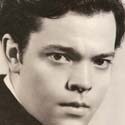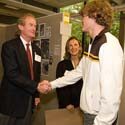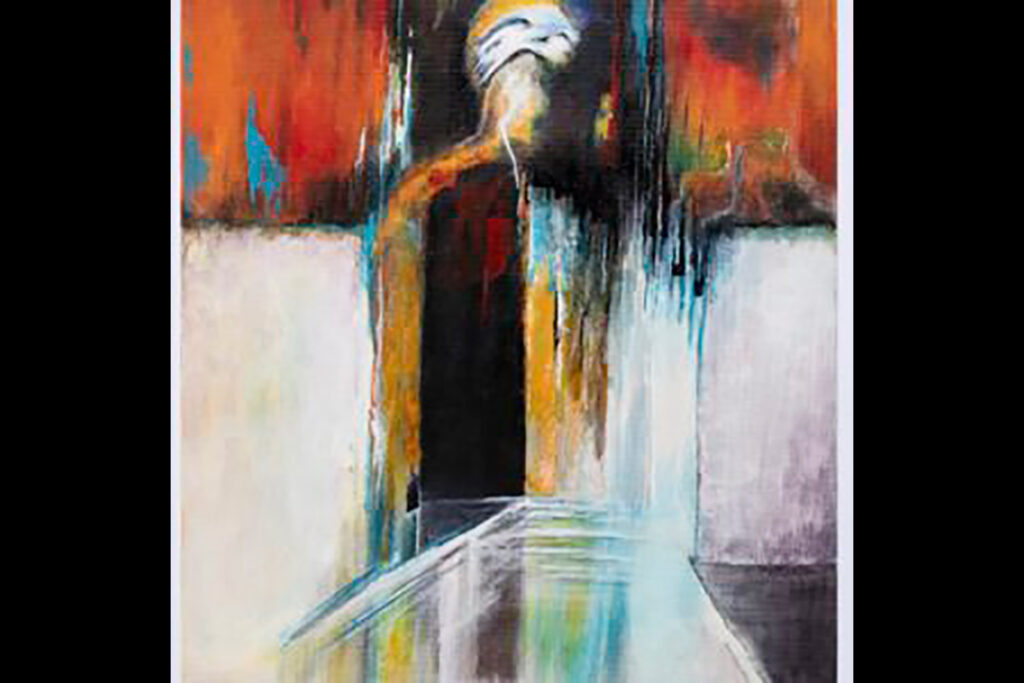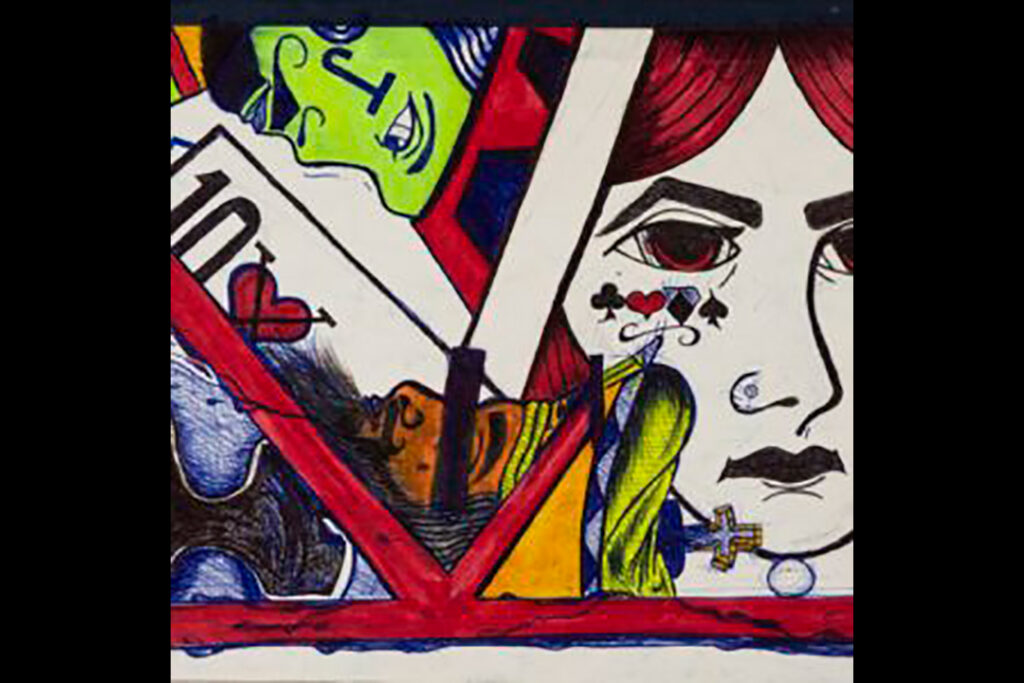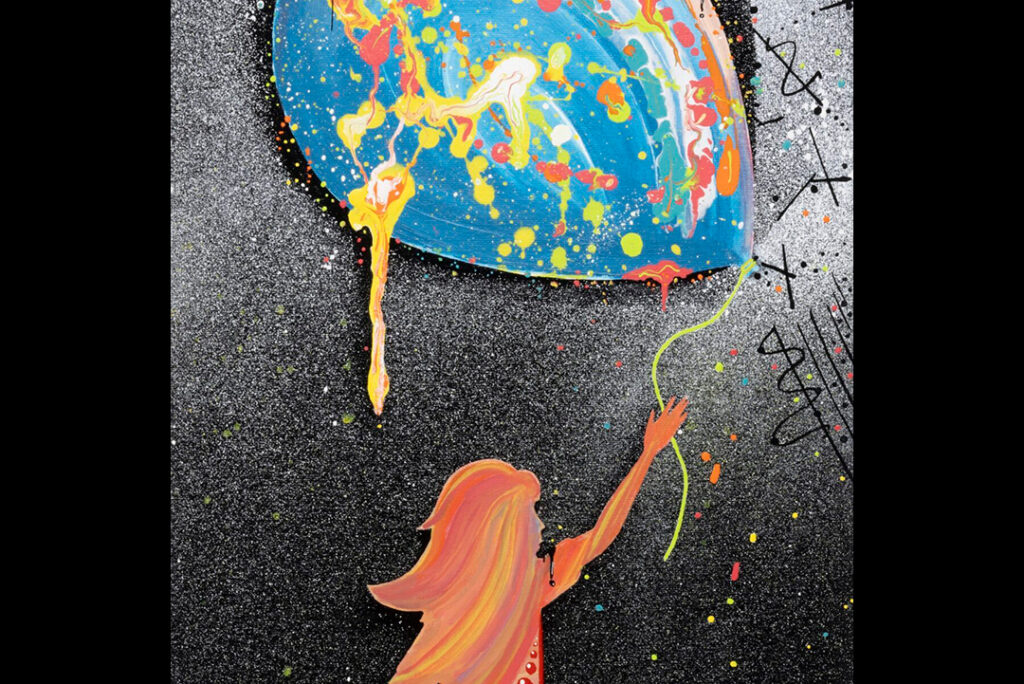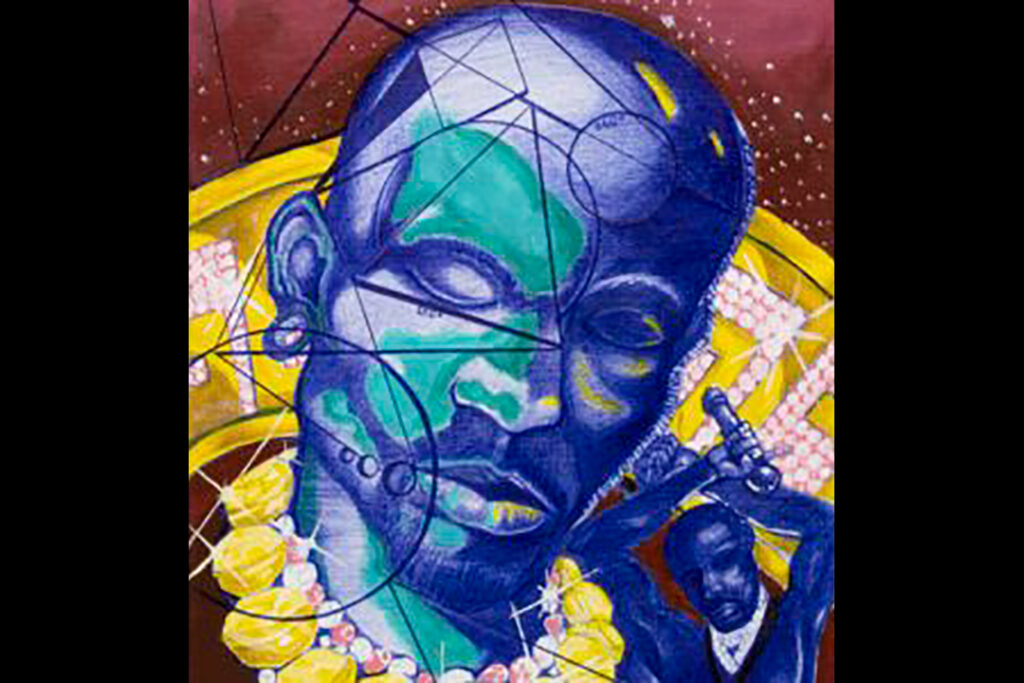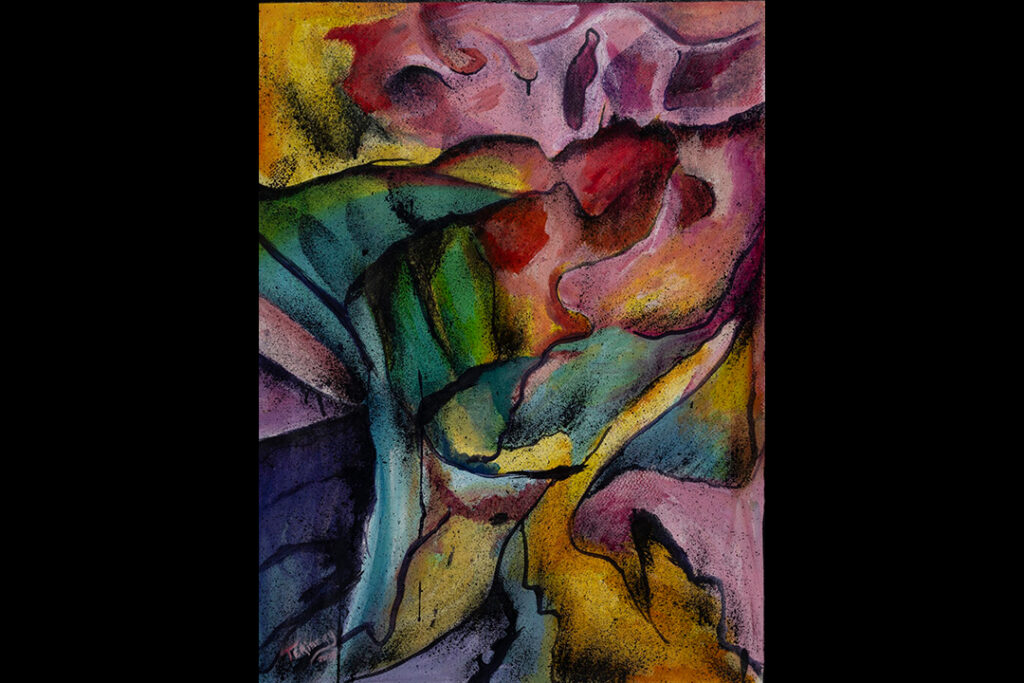The order that launched the Revolutionary War, 250 years later
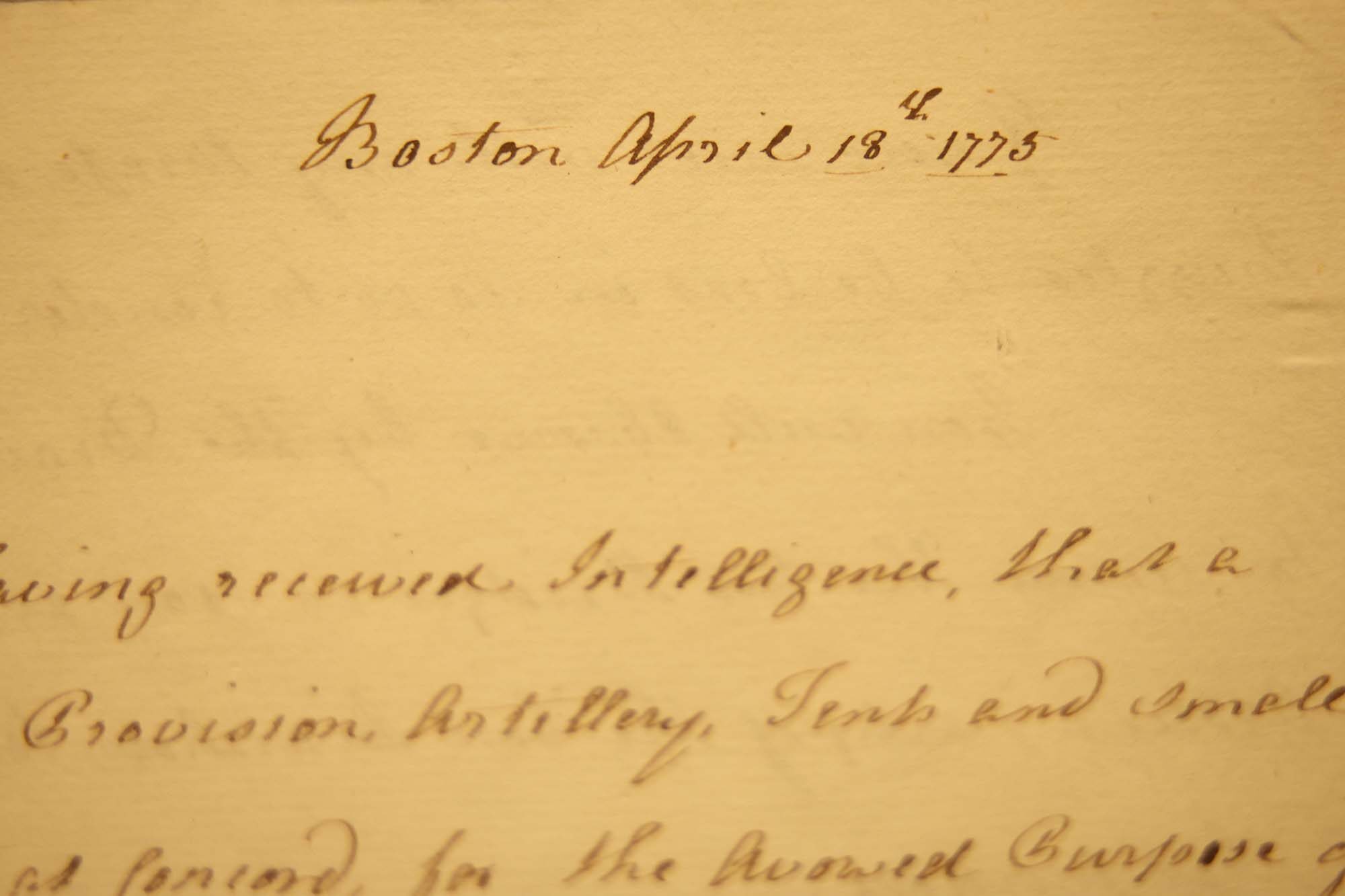
The ‘shot heard ’round the world’ can be traced to one manuscript containing the orders for the Concord Expedition on April 18, 1775. The quill-to-paper draft orders, penned by British Army officer Thomas Gage, sparked the Battle at Lexington and Concord the following day. U-M’s Clements Library holds the document.
-
U-M now home to world's most extensive Orson Welles archive
“Hollywood, as I predicted, is not a nice place to go out in.” So wrote Orson Welles upon moving from New York to Los Angeles in 1939. Welles’ original correspondence to his first wife is part of a recent acquisition by the University’s Special Collections Library. U-M is now home to the most extensive international archive on the filmmaker, actor, director, and writer, who is perhaps best known for the movie Citizen Kane.
-
Hoops preview: Meet basketball's Fresh Five
As the 2012-13 Michigan basketball season approaches, head coach John Beilein finds himself with the most talented class of incoming freshmen since he set foot on campus.
-
Creativity personified
The University’s Board of Regents in September approved the renaming of the art-and-design school to the Penny W. Stamps School of Art and Design.
-
Around the world for science
From the Amazon to Indonesia, 1870s explorer Joseph Beal Steere collected thousands of species to advance scientific research at U-M.
-
Nimble Kimball
View some amazing footage of former head diving coach Dick Kimball, and learn his secret to staying young.
-
Channeling Victory
As the world’s Olympians basked in gold and glory, six female swimmers quietly conquered the treacherous waters of the English Channel to honor a friend.
Columns
-
President's Message
Reaffirming our focus on student access and opportunity
U-M seeks to ensure every student will rise, achieve, and fulfill their dreams. -
Editor's Blog
Peace out
It's a mad, mad, mad, mad world out there. -
Climate Blue
Keeping our focus on climate
As federal support for climate science wanes, Ricky Rood remains hopeful. -
Health Yourself
Are you an ‘ager’ or a ‘youther’?
Why do some people appear younger or older than people born in the same year?
Listen & Subscribe
-

MGo Blue podcasts
Explore the Michigan Athletics series "In the Trenches," "On the Block," and "Conqu'ring Heroes." -

Michigan Ross Podcasts
Check out the series "Business and Society," "Business Beyond Usual," "Working for the Weekend," and "Down to Business." -

Michigan Medicine Podcasts
Hear audio series, news, and stories about the future of health care.
In the news
- USA Today US consumer sentiment and expectations fall again in April as tariff uncertainty continues
- CNN Beyond Ivy League, RFK Jr.'s NIH slashed science funding across states that backed Trump
- Detroit Free Press Inflation is slowing. Wages are up. So why does life feel costly for many Michiganders?
Creativity and connection across prison walls
One of the world’s largest and longest-running exhibitions of incarcerated artists is back with new programming designed to foster connection and deepen public understanding of incarceration in Michigan. The 29th annual Exhibition of Artists in Michigan Prisons, curated by U-M’s Prison Creative Arts Project, showcases 772 artworks by 538 artists incarcerated in 26 state prisons. The Duderstadt Center Gallery on U-M’s North Campus is presenting the artwork through April 1.

